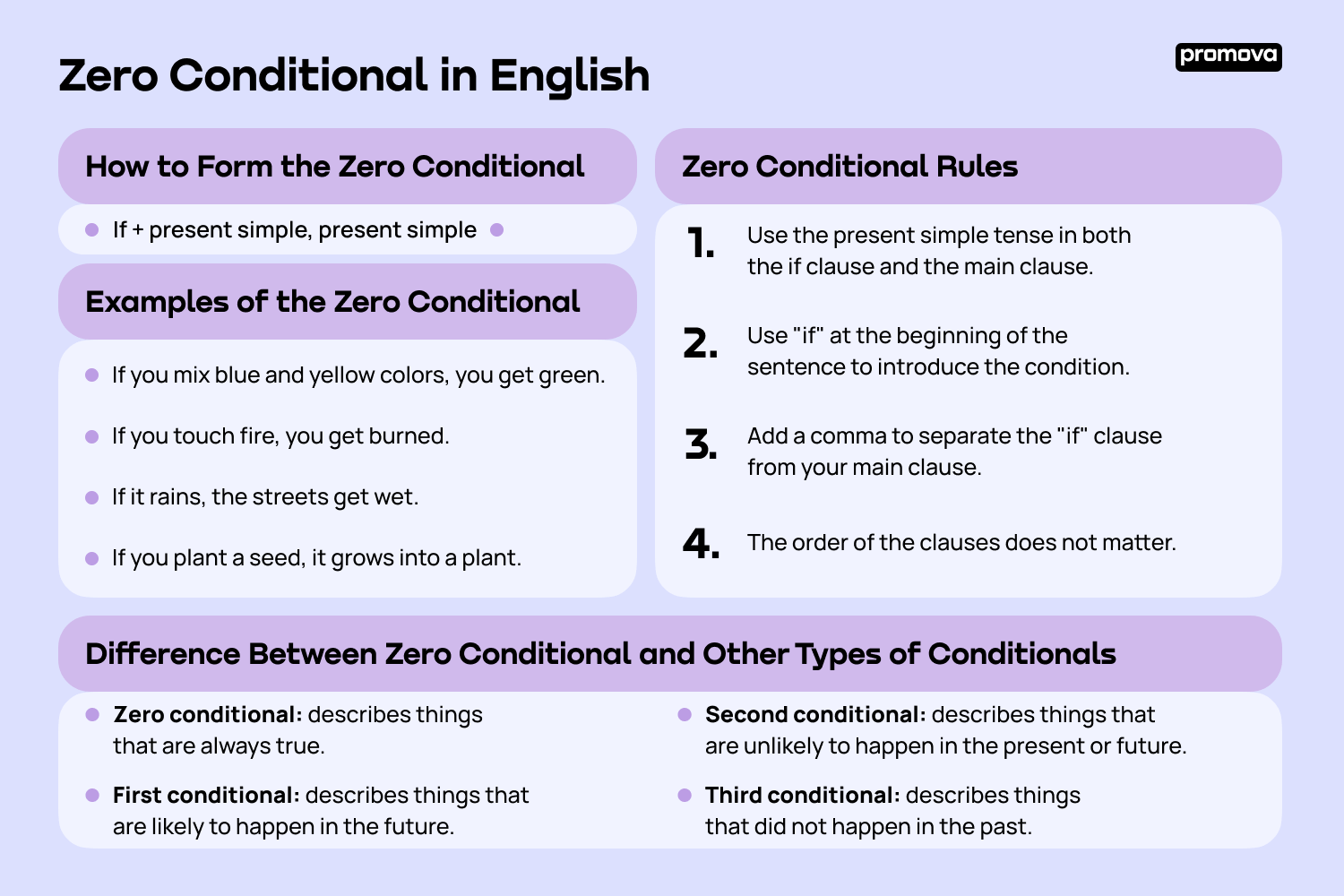Conditional sentences are a fundamental aspect of grammar in many languages, including English. They are used to express a hypothetical situation and its consequences. These sentences often consist of two clauses: the if-clause, which sets the condition, and the main clause, which expresses the result.
Conditional sentences are used in everyday conversations, writing, and formal speeches. Understanding how to construct and use them correctly can greatly improve your communication skills and help you convey ideas more effectively.
Types of Conditional Sentences
There are several types of conditional sentences, each serving a different purpose. The most common types include:
1. Zero Conditionals: These sentences express a general truth or fact. They are formed using the present simple tense in both clauses. For example, “If you heat ice, it melts.”
2. First Conditionals: These sentences express a real possibility in the future. They are formed using the present simple tense in the if-clause and the future simple tense in the main clause. For example, “If it rains tomorrow, we will stay indoors.”
3. Second Conditionals: These sentences express an unlikely or imaginary situation in the present or future. They are formed using the past simple tense in the if-clause and the conditional (would/could) plus the base form of the verb in the main clause. For example, “If I won the lottery, I would travel the world.”
4. Third Conditionals: These sentences express a hypothetical situation in the past that did not happen. They are formed using the past perfect tense in the if-clause and the conditional perfect (would have/could have) plus the past participle in the main clause. For example, “If she had studied harder, she would have passed the exam.”
Mastering the different types of conditional sentences can enhance your language skills and make your writing more sophisticated. Practice constructing these sentences in various contexts to become more proficient in their usage.
In conclusion, conditional sentences play a crucial role in language learning and communication. By understanding the types and structures of these sentences, you can express hypothetical situations and their outcomes with precision and clarity. Keep practicing and incorporating conditional sentences into your conversations and writing to improve your language skills and convey your ideas effectively.
